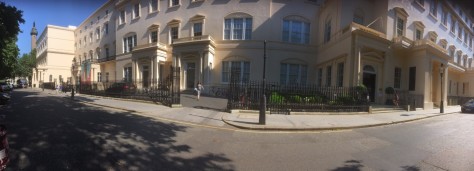In this week’s edition of Who’s who in the Zoo, meet Sarah Allen, a front-end web developer in the Zooniverse team.
– Helen

Name: Sarah Allen
Location: Adler Planetarium, Chicago
Tell us about your role within the team:
I’m a front-end web developer and have been with the team for three and a half years. I’ve worked on a variety of projects including Chimp & See, Wildcam Gorongosa, Zooniverse Classrooms’ educational tools, Gravity Spy, and day to day maintenance of zooniverse.org.
What did you do in your life before the Zooniverse?
I originally did IT for a couple of medical schools involving Windows server management, Google domain management, application management, and general help desk. I eventually decided to learn to code and went to a code bootcamp when those first started getting popular. Then continued to self-teach as well as freelance before I joined the Zooniverse team.
What does your typical working day involve?
Usually first checking slack, email, and the Zooniverse talk board for any bug reports. Then I prioritize code reviews, following up to any pull requests I’ve submitted, then new feature development or learning about something new in the afternoon
How would you describe the Zooniverse in one sentence?
We empower researchers and the public to find answers to questions in real data.
Tell us about the first Zooniverse project you were involved with
Cyclone Center! My first project was implementing the project redesign and classification challenge.
Of all the discoveries made possible by the Zooniverse, which for you has been the most notable and why?
Tabby’s star on Planet Hunters. It’s been one of my go to examples when explaining what it is that we do.
What’s been your most memorable Zooniverse experience?
Building and launching Chimp & See. It was a mostly solo project for me and although there was a learning curve and frustrating times with it, I felt very accomplished when it launched. I learned a lot from the process
What are your top three citizen science projects?
Chimp & See, Planet Hunters, and Gravity Spy.
What advice would you give to a researcher considering creating a Zooniverse project?
Do lots of prototyping and beta testing with the project builder before you launch so you have a solid idea of the data format going in and what the resulting classification data will look like. Have a timely plan on how to process the data and get that results back to the volunteers.
When not at work, where are we most likely to find you?
Seeing live music, dining out, playing video or board games, or cooking at home.









